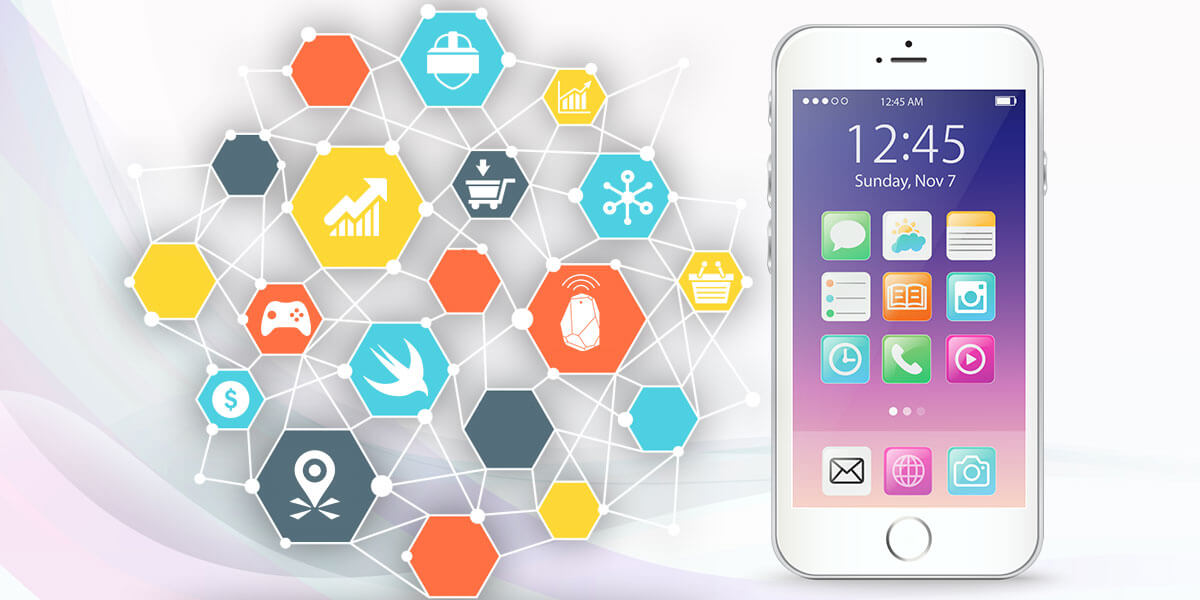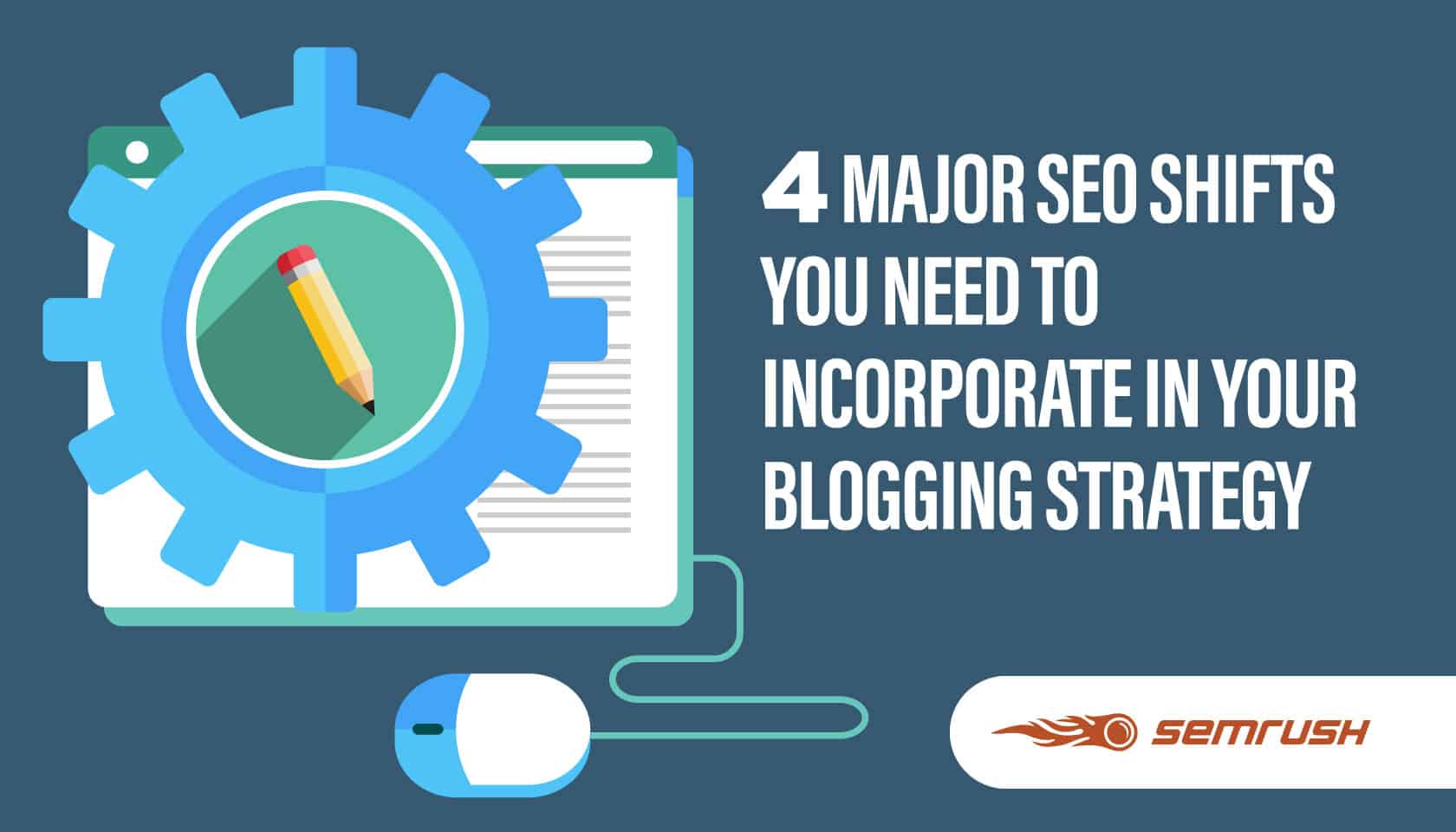An introduction to iOS app development for beginners. This video focuses on people who are getting started with iOS app development for the first time and don’t have any prior knowledge in that area. It would help you get started…
An introduction to iOS app development for beginners. This video focuses on people who are getting started with iOS app development for the first time and don’t have any prior knowledge in that area. It would help you get started quickly with iOS development. iOS app development is one of the most popular tech industry skillets today. Many developers use it to earn their living, and it’s an excellent way for anyone interested in learning new skills to make money.
Learning iOS app development is a great way to learn the basics of app development and get into the field of iOS app development. If you’re just starting, this guide will show you everything you need to know about iOS app development, including how to develop your first app, build it, publish it, and market it.
Apple has just released a new version of its mobile operating system, iOS. It’s called iOS 11 and has many cool new features to help you learn how to create iOS apps. This course will get you started with iOS development in no time.

What is iOS
iOS is Apple’s mobile operating system. It is a Unix-based system mainly used by iPhone, iPad, iPod Touch, and Apple Watch. iOS is the main platform for developing apps for both iPhone and iPad. As a beginner developer, you should start with iOS before moving on to Android.
iOS development tools
If you want to develop a mobile app, you need a good idea of what tools you need to create an app that can be distributed through the Apple App Store.
Many different apps can be very confusing when you’re looking to pick the right ones. I’ve created a list of tools that you can use to build your app, so you can focus on your programming skills and get the app out there.
How to create an app for iOS
Learning how to create an iOS app can be a fun and rewarding experience. However, there are a few things you should know before diving in.
Here is a quick checklist of steps to follow to create a successful iOS app:
1. Choose the right language.
2. Learn the basics of Swift.
3. Learn Xcode.
4. Create an App Store account.
5. Register an Apple Developer account.
6. Write the app description.
7. Get a splash screen.
8. Write a logo.
9. Write the app name.
10. Write a tagline.
Deploying your app to the app store
Many students and beginners often feel overwhelmed by the process of app development. There is so much to learn and so many apps to develop that it can easily seem impossible. I’ve compiled the following list of things you should do before creating your app. They are the basics that are essential to every mobile app. Before developing an app, you should know what is involved.
Here are some of the basics:
* Creating a basic app design, logo, and icon
* Setting up an app store account
* Identifying the target audience
* Identifying the purpose of the app
* Choosing the development platform
* Building a minimum viable product
* Testing and debugging
* Dealing with bugs and issues
* Preparing for launch
* Promoting an app
You can start developing an app right now by going to and signing up.
What are the steps in developing iOS apps?
To develop iOS apps, you’ll need to learn Objective C and Swift, plus several other tools such as Xcode and CocoaPods. If you already understand Objective C and Swift, you can skip this tutorial and dive into iOS app development.
Step 1: Create a project
To get started, you’ll need to create a new project. To do this, you’ll need to navigate to Xcode and click on File> New > Project. You’ll then need to select the iOS App template.
After selecting the template, you’ll have several options, including App ID, App name, Bundle ID, and more. The key thing to remember here is that you’ll need to choose a unique bundle identifier, which should match the one you created in iTunes Connect.
Step 2: Choose your programming language
You’ll then need to choose Objective C or Swift as your programming language.
If you’re a beginner, you might wonder why we recommend Swift over Objective C. To start with, Swift is a newer language than Objective C.
Objective C was first released in 1999, while Swift was first introduced in 2014.
While Objective C is still being used by many developers and is the basis of many other languages, the latest versions of Xcode include Swift support.
While Objective C has been around for over a decade, Swift is a relatively young language. In fact, you can learn all about Swift on the Apple website.
Many resources are available to help you learn Swift, so it’s worth checking out.
Step 3: Select an app icon
You’ll now need to select an app icon to represent your app.
You’ll need to upload a 512×512 png image file to the assets section of your Xcode project. You’ll also need to set the filename as the default.png File in the same directory.
Frequently Asked Questions iOS App.
Q: Do you have any advice for beginners learning iOS app development?
A: I know how difficult it can be to make an app. The best thing is to start now.
Q: What are some tools you used to learn iOS app development?
A: I used XCode, the IDE used to create applications. I also used Objective-C as the programming language.
Top 3 Myths About iOS App
1. iOS App Development is not easy to learn.
2. iOS App Development is hard to get started with.
3. iOS App Development takes years to master.
Conclusion
One of the biggest challenges in the mobile app development world is finding a developer with the experience to build a successful app. it takes years to become an expert iOS developer. But if you’re willing to put in the time and resources, you’ll eventually be rewarded with a quality app that can generate income. The best way to get started is to look for a freelancer to develop your app. They will be able to help you design an app that is user-friendly, simple to navigate, and performs well.
Popular
-

-

Katie Taylor topped Ireland’s most admired sports superstar
Katie Taylor has regained the name of Ireland’s most favorite…
1630 0 -

8 tips to protect your identity beyond the computer
The 2017 Identification Theft Assessment and Jack Blog Prediction document…
3262 0 -

Bad SEO Information: Too Easy to Find, Impossible to Escape
We play in our closed Facebook groups, our message boards,…
1814 0 -

Are you out of job? Think about barbeque Franchise
Everyone is suffering the hard economic times just like anything.…
1219 0
Latest News
In today’s society, where unhealthy food options are readily available and often tempting, it is important to prioritize healthy eating.…




















